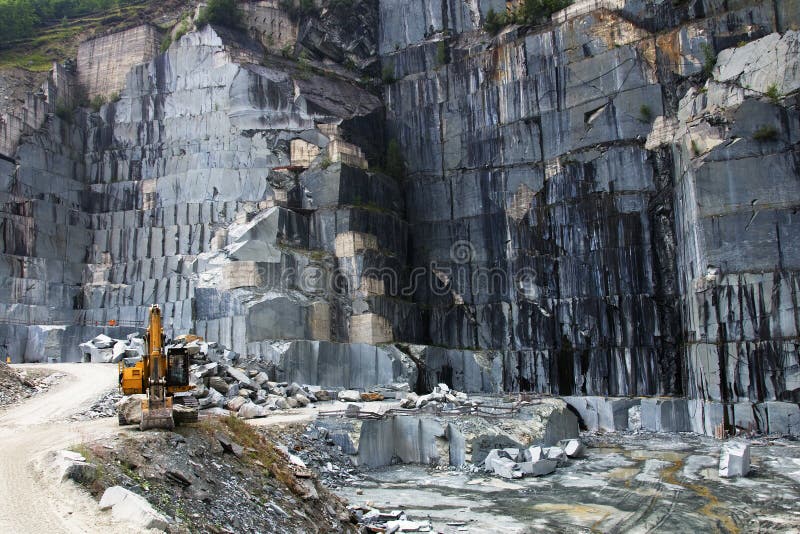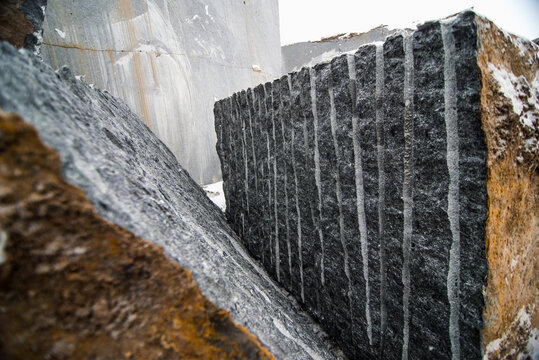Granite Quarries in South Africa Wonders: Checking Out the Quarry Landscape
Granite Quarries in South Africa Wonders: Checking Out the Quarry Landscape
Blog Article
Unearthing the Rich History and Lasting Practices of Granite Quarrying
As we base on the precipice of revealing the detailed tapestry of granite quarrying, a journey via time reveals not simply the physical act of removing stone but likewise the social and historic significance woven right into the extremely material of this practice. From the ancient beginnings that laid the structure for modern quarrying techniques to the sustainable techniques that are shaping the future of this sector, each carve mark on granite surface areas narrates waiting to be discovered (granite quarries in south africa). The heritage of granite quarrying stretches much beyond mere extraction; it is a testimony to human resourcefulness, strength, and the enduring appeal of this stunning rock
Ancient Beginnings of Granite Quarrying
Dating back to ancient human beings, the method of quarrying granite has been an essential component of human background and architectural innovation. The earliest evidence of granite quarrying dates back to old Egypt, where substantial pyramids and elaborate sculptures were crafted from this durable stone. The Egyptians made use of primitive tools to extract granite blocks from quarries, showcasing the importance of this product in their significant building and constructions.
Moving ahead in background, the Greeks also made considerable contributions to the quarrying of granite. The Greeks made use of granite in different building marvels, such as temples and statuaries, demonstrating their skill in shaping and sculpting this sturdy rock. The Romans even more fine-tuned the methods of quarrying granite, using innovative devices like chisels and hammers to essence and form granite for their legendary frameworks.
Via the centuries, the method of quarrying granite has actually evolved, with contemporary innovations boosting performance while keeping the ageless appeal of this all-natural rock - granite quarries in south africa. From old civilizations to modern contractors, the tradition of granite quarrying continues to shape our globe
Evolution of Quarrying Techniques
The advancement of quarrying techniques has actually been noted by a continuous development in the direction of higher efficiency and precision in removing granite. From the rudimentary approaches used by our ancestors to the sophisticated technologies made use of in modern quarrying procedures, the sector has gone through substantial improvements. Early quarrying techniques entailed manual work with basic devices such as knives, hammers, and wedges to remove granite blocks from the earth. As human beings progressed, strategies like fire-setting and primitive explosives were introduced to promote the removal procedure.
Improvements in computer-controlled equipment and 3D modeling have actually enhanced quarrying operations, leading to marginal environmental influence and boosted sustainability practices. As the demand for granite continues to rise, the development of quarrying strategies continues to be essential to meeting market requires efficiently and sustainably.
Social Importance of Granite
Granite holds a profound cultural importance throughout different worlds due to its enduring existence in building work of arts and prized monoliths. From the marvelous pyramids of Egypt to the elaborate makings of the Angkor Wat temple in Cambodia, granite has been a product of option for expressing majesty and durability in cultural heritage. In old Rome, granite columns adorned holy places and public structures, symbolizing strength navigate here and durability. The cultural relevance of granite prolongs past its physical characteristics; it embodies strength, security, and eternity, making it an icon of enduring heritages and practices.

Sustainable Practices in Quarrying
Amidst the rich history of granite quarrying and its cultural relevance lies an expanding focus on sustainable practices within the market. As environmental understanding and concerns concerning source depletion have actually enhanced around the official source world, the quarrying sector has actually progressively welcomed lasting methods to decrease its influence on the atmosphere and surrounding areas.

Furthermore, recovery and rehab of quarry websites post-extraction are integral to lasting practices. By bring back quarried areas to a natural or advantageous state, such as developing wild animals habitats or recreational spaces, quarriers can balance out the ecological footprint of their procedures and add positively to the neighborhood community.
Heritage of Granite Quarrying
With a historical backdrop soaked in workmanship and commercial progression, what sustaining influence has granite quarrying left on the landscape of contemporary society? The heritage of granite quarrying goes beyond simple extraction techniques; it has actually shaped architectural wonders, city landscapes, and cultural heritage worldwide. The resilient nature of granite has made it a preferred choice for monoliths, structures, and infrastructure, standing as a testimony to the skill and creativity of quarry workers across generations.
Moreover, the financial footprint of granite quarrying can not be forgotten. The market continues to offer employment possibility and drive neighborhood economic situations in regions where granite extraction prevails. It has actually also stimulated technological improvements in quarrying strategies and equipment, resulting in more reliable and lasting methods.
In terms of sustainability, the legacy of granite quarrying More hints consists of efforts to minimize ecological influences via recovery tasks and accountable source administration. By stabilizing economic rate of interests with ecological stewardship, the industry aims to make certain that future generations can remain to profit from this enduring natural source.
Verdict

Report this page